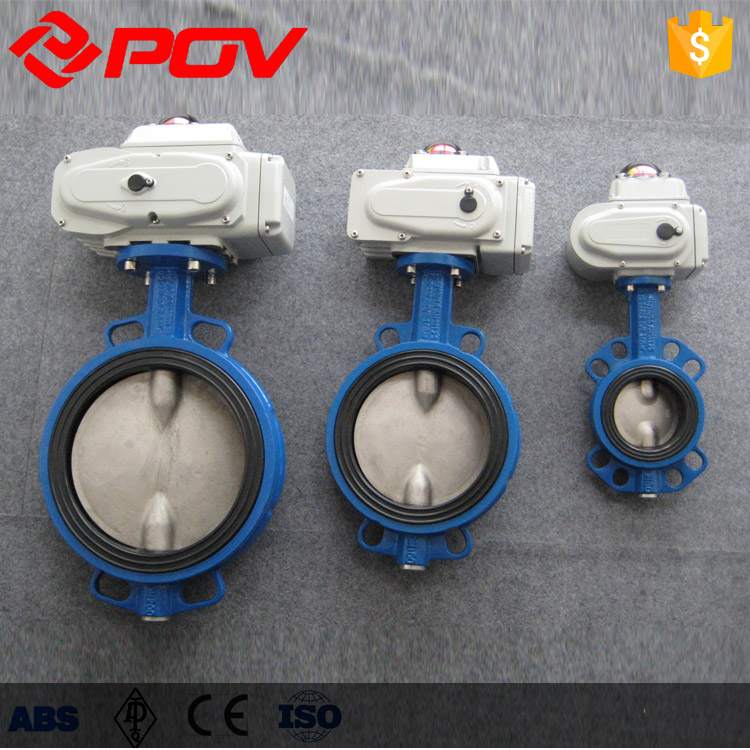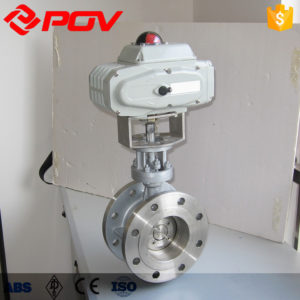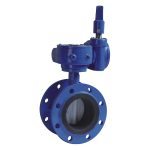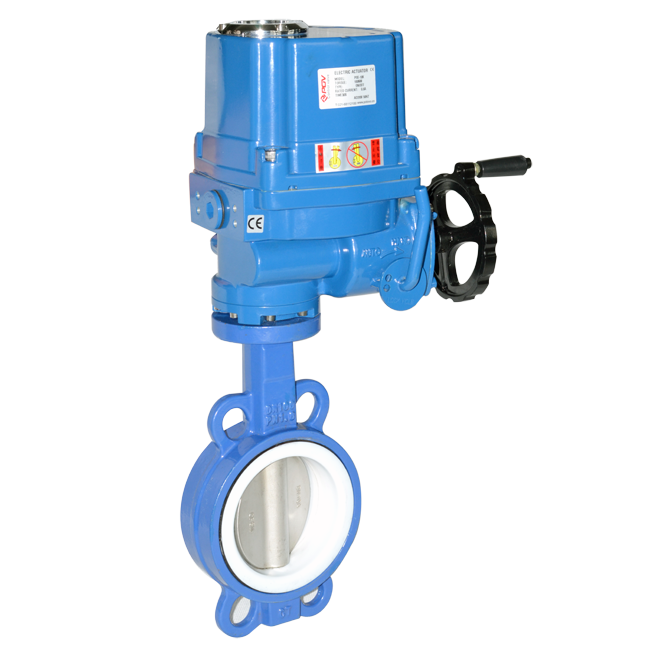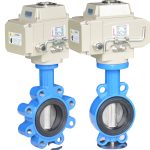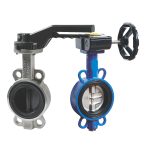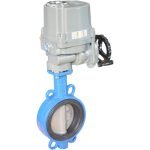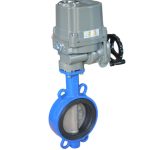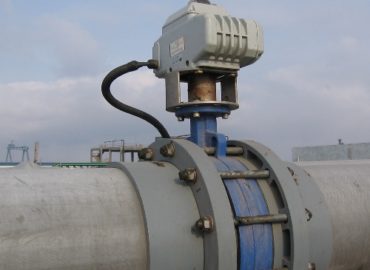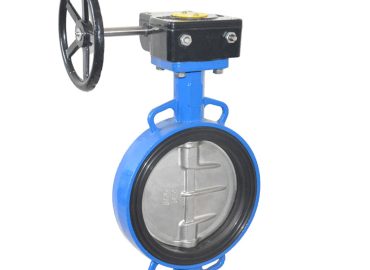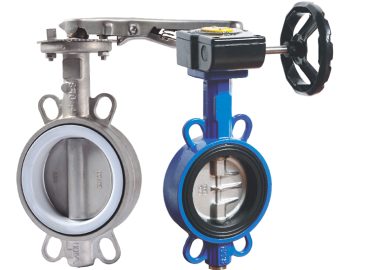Electric butterfly valve definition:
Electric butterfly valve is one of the most commonly used valves in industrial pipelines.
Butterfly valve small size, less material, light weight, larger diameter relative to other valves more economical.
Electric actuator rotation 90° slow opening type, simple operation.
At the same time, the valve has good fluid control characteristics.
When the butterfly valve is in a fully open position, the thickness of the butterfly plate is the only resistance when the medium flows through the valve body. So the pressure drop generated by the valve is small. When the opening degree is about 15° to 70° between, so the flow regulation of large diameter, the butterfly valve has a great advantage.
It is not suitable for the process medium with high particle and temperature.
Electric gate valve definition:
The opening and closing part of the electric gate valve is the gate. The movement direction of the gate is perpendicular to the direction of the fluid. The gate valve can only be fully open and fully closed, not suitable for adjustment and throttling.
The gate has two sealing faces. The two sealing faces of the most commonly used wedge gate valves form wedges with wedge angles varying with valve parameters, usually 5o.
Most gate valves are used for forced sealing, that is, when the valve is close, to rely on external force to force the gate to the seat, in order to ensure the sealing surface of the seal.
The difference between:
1. Electric butterfly valve 0-90 degree rotation Angle stroke valve, specific good flow characteristics, small size, high cost performance.
2. Electric gate valve up and down movement of the direct stroke control mode, as a cut-off valve, large volume, expensive.
3. Electric butterfly valve can not use in high temperature and high pressure working conditions, not wear resistance.
4. Electric gate valve is generally use to close the medium with pellet material, suitable for high temperature and high pressure working conditions.


